
Editor
Journalist Zenia Arden has disappeared. When her finger turns up on the shores of Lake Ontario next to her blood-soaked car, the police believe they've uncovered a homicide.

Editor
In the spring of 1913, Parisian businessman Gabriel Astruc opens a new theater on the Champs Elysées. The first performance is the premiere of Igor Stravinsky's 'The Rite of Spring', danced by the Ballet Russes. The rehearsal process is extremely fraught: the orchestra dislike Stravinsky's harsh, atonal music; the dancers dislike the 'ugly' choreography of Vaslav Nijinsky. The volatile, bisexual Nijinsky is in a strained relationship with the much older Sergei Diaghilev, the Ballet Russes' charismatic but manipulative impresario. Public expectation is extremely high after Nijinsky's success in 'L'apres-midi d'un faune'. Finally, 'The Rite of Spring' premieres to a gossip-loving, febrile, fashion-conscious Parisian audience sharply divided as to its merits.

Editor
A powerful one-off drama written by Rosemary Kay , winner of the BBC's Dennis Potter award for new screenwriting. Sadie and Richie MacGregor are thrown into the terrifying world of neo-natal intensive care when their son Luke is born prematurely. Willed on by his desperate parents, he gradually grows in strength - but as Sadie develops a unique bond with her son, her relationship with Richie begins to suffer.
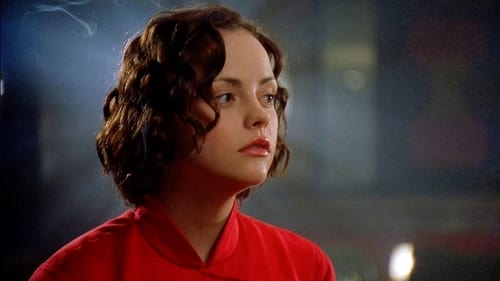
Editor
A librarian begins a passionate affair with a mysterious woman who walks into his library. When she suddenly disappears he travels down to London to search for her only to discover that she has three identities - dancer, dominatrix and con-woman. But which one is the real Miranda?

Editor
Vadik Chernyshov is an impoverished dreamer who spends his life drifting though Moscow with a video camera, hoping to shoot footage that will interest Western press agencies. He falls in love with the beautiful Helen, an English media executive, and subsequently they must contend with the barriers that their different backgrounds present.
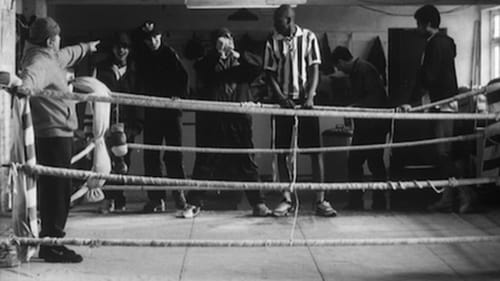
Editor
In a typical English working-class town, the juveniles have nothing more to do than hang around in gangs. One day, Alan Darcy, a highly motivated man with the same kind of youth experience, starts trying to get the young people off the street and into doing something they can believe in: Boxing. Darcy opens a boxing club, aiming to bring the rival gangs together.

Editor
This tale takes place in a bar. The Spanish Alonso and his blind mother run this place. Bay, who is Alonso's friend live here too. This story tells something about Alonso and Bay and the "American Dream".
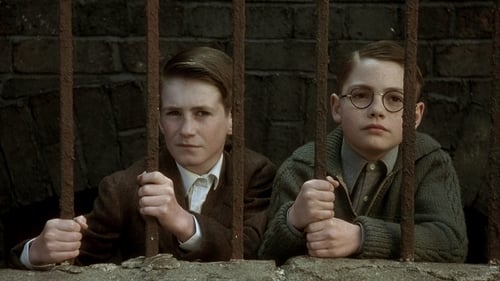
Editor
Bud is a lonely and quiet boy whose moments of solace occur when he sits in rapture at the local cinema, watching towering and iconic figures on the movie screen. The movies give Bud the strength to get through another day as he deals with his oppressive school environment and his burgeoning homosexuality.
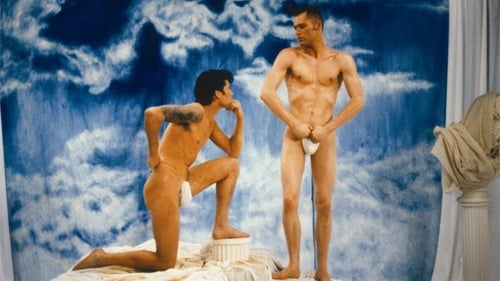
Editor
Caught Looking sees a lonely gay man attempt to explore his sexual fantasies with the help of an interactive computer game, guiding his virtual reality persona through a series of potential encounters (naval rough trade, a moustachioed 'clone', a 50s muscle man) while offering wry commentary on the shifting landscape of queer cruising. But is it love he’s really looking for?

Editor
A young actress becomes politically aware within the Paris Commune of 1871.

Editor
Set in the not to distant apocalyptic future. Earth is under invasion from computer/arcade aliens, tensions run high and teenagers still want to 'go out'.

Editor
In England during World War II, a repressed dressmaker and her sister struggle looking after their 17-year-old niece, who is having a delusional affair with an American soldier.
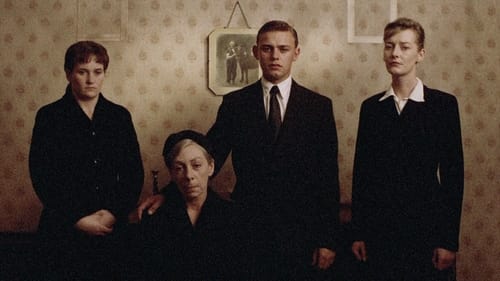
Editor
The second film in Terence Davies's autobiographical series (along with "Trilogy" and "The Long Day Closes") is an impressionistic view of a working-class family in 1940s and 1950s Liverpool, based on Davies's own family. Through a series of exquisite tableaux Davies creates a deeply affecting photo album of a troubled family wrestling with the complexity of love.

Cinematography
The second film in Terence Davies's autobiographical series (along with "Trilogy" and "The Long Day Closes") is an impressionistic view of a working-class family in 1940s and 1950s Liverpool, based on Davies's own family. Through a series of exquisite tableaux Davies creates a deeply affecting photo album of a troubled family wrestling with the complexity of love.

Editor
A group of elderly women go on vacation to the seaside. One of them takes her son along and constantly watches him saying he has a brain tumor. His problem is something else entirely.
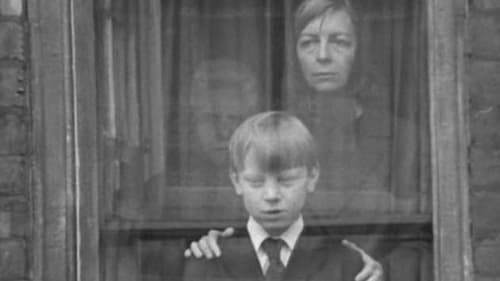
Cinematography
These three semi-autobiographical short films by Terence Davies follow the journey of Robert Tucker, first seen as a hangdog child in "Children" (1976), then as a hollow-eyed middle-aged man in "Madonna and Child" (1980), and finally as a decrepit old man in "Death and Transfiguration" (1983). Dreamlike and profoundly moving.
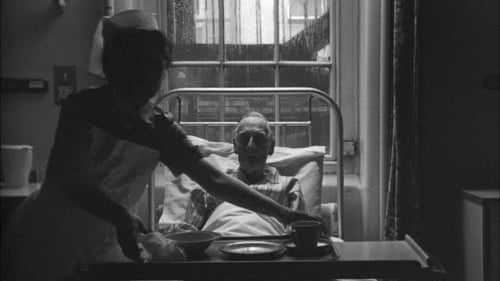
Cinematography
In sepia tones, the film moves back and forth among three periods in Robert Tucker's life: he's an old man, near death, in a nursing home at Christmas time; he's in middle age caring for his cheerful but dying mother; he's a lad at Catholic school, practicing his catechism, going to confession for the first time, receiving the Eucharist, surrounded by the singing of a children's choir. In middle age, he looks through his scrapbook of photographs of muscular men; he recalls lovers and his mother's cremation. A nurse sits beside him on his last night; in his last breath, he reaches forward and back.

Editor
In sepia tones, the film moves back and forth among three periods in Robert Tucker's life: he's an old man, near death, in a nursing home at Christmas time; he's in middle age caring for his cheerful but dying mother; he's a lad at Catholic school, practicing his catechism, going to confession for the first time, receiving the Eucharist, surrounded by the singing of a children's choir. In middle age, he looks through his scrapbook of photographs of muscular men; he recalls lovers and his mother's cremation. A nurse sits beside him on his last night; in his last breath, he reaches forward and back.

Editor
Based on the saga of Gísli Súrsson, one of the Icelandic Sagas.
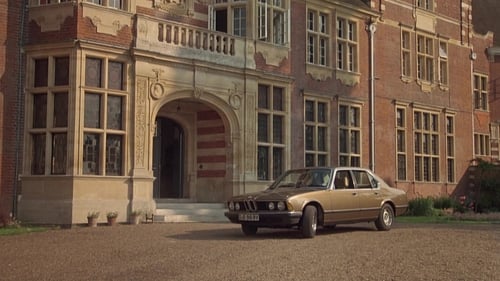
Assistant Editor
When architect Stephen Booker loses his partnership, he finds jobs hard to come by, and with money in short supply, he unwittingly becomes involved in a daring scheme to rob one of London's biggest bank vaults.
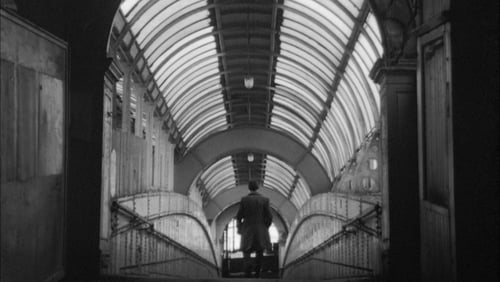
Cinematography
The second part of Terence Davies' trilogy revolving around Liverpudlian Robert Tucker, focusing on the character's efforts in middle-age to come to terms with his homosexuality.

Assistant Editor
A traveller by the name of Crossley forces himself upon a musician and his wife in a lonely part of Devon, and uses the aboriginal magic he has learned to displace his host.
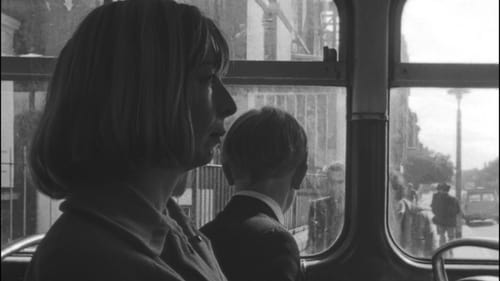
Cinematography
Robert Tucker, a young gay man who is almost without affect, sits in various waiting rooms. As he sits, he recalls events from the year of his childhood when his father dies. He's ten or eleven that year, picked on by bullies at the Catholic school he attends. He seems friendless. At home, his mother is quiet, his father is ill and angry. After his father's death, there's a wake, the coffin arrives, the body is removed. The lad grieves, alone.

Production Assistant
Gerrard Winstanley is the leader of a 17th Century religious group that believes the land should be owned communally. His convictions bring him into conflict with both the state and the church.

Cinematography
An elderly man takes a hypnotic journey through his memories in the moments before his death.

Editor
An elderly man takes a hypnotic journey through his memories in the moments before his death.






















